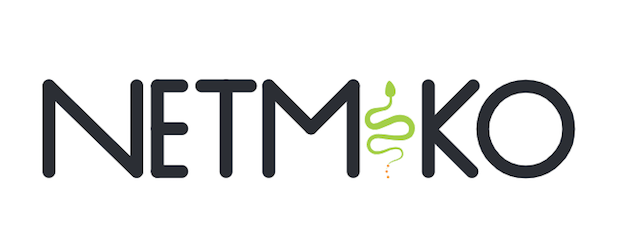Multi-vendor library to simplify CLI connections to network devices
Network automation to screen-scraping devices is primarily concerned with gathering output from show commands and with making configuration changes.
Netmiko aims to accomplish both of these operations and to do it across a very broad set of platforms. It seeks to do this while abstracting away low-level state control (i.e. eliminate low-level regex pattern matching to the extent practical).
You really should look here.
To install netmiko, simply us pip:
$ pip install netmiko
Answers to some common questions
- Netmiko Overview
- Secure Copy
- Netmiko through SSH Proxy
- Netmiko and TextFSM
- Netmiko and what constitutes done
Supported device_types can be found in ssh_dispatcher.py, see CLASS_MAPPER keys.
from netmiko import ConnectHandler
cisco_881 = {
'device_type': 'cisco_ios',
'host': '10.10.10.10',
'username': 'test',
'password': 'password',
'port' : 8022, # optional, defaults to 22
'secret': 'secret', # optional, defaults to ''
}net_connect = ConnectHandler(**cisco_881)output = net_connect.send_command('show ip int brief')
print(output)Interface IP-Address OK? Method Status Protocol
FastEthernet0 unassigned YES unset down down
FastEthernet1 unassigned YES unset down down
FastEthernet2 unassigned YES unset down down
FastEthernet3 unassigned YES unset down down
FastEthernet4 10.10.10.10 YES manual up up
Vlan1 unassigned YES unset down down
config_commands = [ 'logging buffered 20000',
'logging buffered 20010',
'no logging console' ]
output = net_connect.send_config_set(config_commands)
print(output)pynet-rtr1#config term
Enter configuration commands, one per line. End with CNTL/Z.
pynet-rtr1(config)#logging buffered 20000
pynet-rtr1(config)#logging buffered 20010
pynet-rtr1(config)#no logging console
pynet-rtr1(config)#end
pynet-rtr1#
Below are some of the particularly handy Classes/functions for easy reference:
Contributors are welcome.
You can contribute to Netmiko in a variety of ways: answering questions on Slack (see below in Questions/Discussions), responding to issues, adding to the common issues, reporting/fixing bugs, or even adding your own device type.
Before contributing a new vendor/platform device type, remember that any code added needs to be supported in some fashion. To add a vendor/platform you can follow the outline here. Once you've worked on your first pass of your driver and have it functional, you'll need to include test data in order for it to be merged into develop, you can see the general flow of how to do that here.
For all code contributions, please ensure that you have ran black against the code or your code will fail the Travis CI build.
If you find an issue with Netmiko, then you can open an issue on this projects issue page here: https://github.com/ktbyers/netmiko/issues. Please make sure you've read through the common issues and examples prior to opening an issue. Please only open issues for bugs, feature requests, or other topics related to development of Netmiko. If you simply have a question, join us on Slack...
If you have questions or would like to discuss Netmiko, a #netmiko channel exists in this Slack workspace. To join, use this invitation. Once you have entered the workspace, then you can join the #netmiko channel.
Kirk Byers
Python for Network Engineers
https://pynet.twb-tech.com




